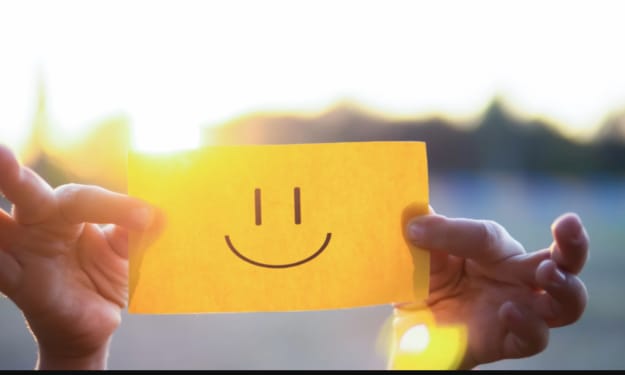Ketogenic Diet & Intermittent Fasting
Keto and Intermittent Fasting: A Beginner's Guide

If you're having breakfast, lunch, and dinner. Don't forget about the
snack, snack, snacks, right? That's an average person. You're just pretty much grazing the whole day.
You will get belly fat, fatigue, memory problems, lack of focus, you're craving, high blood pressure, anxiety, depression, and diabetes. But other than that, you're doing
pretty good. So what is the common denominator of all these high levels of insulin?
Okay, you have insulin resistance, which is causing high levels of insulin.
That's what's creating all these symptoms. So these symptoms are the tip of the iceberg.
This is the iceberg, okay? So we have to fix this.
The way we do it is through keto, because keto's gonna lower the carb, and it's going to
reduce the insulin, all right? Intermittent fasting works because you're gonna eat less
frequent. Not the amount, but less frequent, because every time you eat, you trigger insulin. So the combination works really good to lower insulin.
So when you start it, between day one and day three
may go through a little transition period, which you're gonna feel some symptoms of low
blood sugar, and that would be lightheadedness, hunger, and cravings, maybe a
headache. You have to realize it's temporary, and if you give up right here, you're gonna
lose the benefits of all the great things down the road. So just realize it's gonna happen,
and just hang in there.
But you can actually increase potassium and B vitamins to make it even smoother. You should
Take electrolyte powder and nutritional yeast tablets.
for this, we're
gonna do three meals only, no snacks, because we're transitioning from sugar to fat.
So when you make the transition, you're gonna make new cellular machines that run on
fat and not sugar anymore. Thats keto adaptation, to do that is
you're gonna go from one meal to the next. You're gonna have to add some fat to satisfy you so you're not hungry.
So the fat is the thing that you need to adjust so you have just the right amount, so it's
not too much where you're feeling bloated and right shoulder pain and a headache, and you have just enough to go from this meal to this meal when you're satisfied, so you're gonna play around with that and adjust that. I'm talking like brie cheese, nuts,
pecans are good, walnuts are good, eggs are good, avocado is good. Any of those fats
are really healthy.
And if you were to do a hamburger, for example, which has twice as much fat as protein
versus a steak, which has twice as much protein versus fat, you'd be better off with the
hamburger because the fat helps you go from one meal to the next, all right? So make
sure you have enough greens, whether it's salad or vegetables, because we wanna start
increasing potassium. Very important, you need 4,700 milligrams of potassium. That's
between seven and 10 cups of salad.
That's a nutrient-dense food to allow the hunger to go away because your body's finally
gonna be satisfied of nutrients, so you're not eating these empty calories. So, but
primarily, you're gonna get a lot of potassium to really help reverse this insulin
resistance problem. Now, you may experience constipation, for example, in which you
might need to even add more potassium, or it could be the vegetables that you're
consuming you're not used to, like kale, for example.
If you're having too much kale, that can bind you up. If that's the case, switch the
vegetable. But let's say you have keto fatigue and you're tired.
That usually means low salt, so add some more sea salt. And by the way, when you're
doing a ketogenic diet, you need about one teaspoon of sea salt every single day,
compared to over here, you need about 1
⁄4 of a teaspoon. Okay, so we need more sea
salt, not table salt, to actually prevent fatigue and help your body with the electrolyte,
sodium, and chloride.
All right, so we're gonna do this for a while. We're gonna get used to it. Now we're gonna
slowly graduate to two meals per day.
The way we're gonna do that is we're gonna take our breakfast and we're gonna start to
push it forward. In other words, when you wake up in the morning, ask yourself, am I
hungry? No, good, go longer. Keep going longer and longer and longer.
Because if you do this right, you wake up at night, you've been fasting all night, and now
you're not hungry in the morning, push it further and further and further until you're at
the lunch, we have no more breakfast, and you're at two meals per day.





Comments
There are no comments for this story
Be the first to respond and start the conversation.